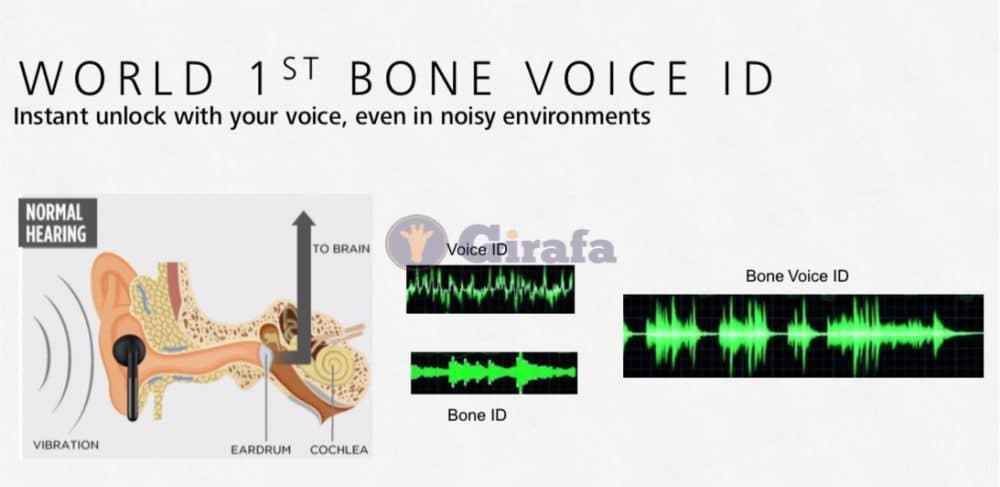Every Huawei Mate 20 Pro Feature Just Leaked (And They're Nuts)
The new Huawei phone beats Apple and Samsung in many regards, and then adds some exotic features that nobody else is offering right now.
Following yesterday’s leak of the Huawei Mate 20 Pro, even more specs have been discovered in official promotional slides by Israeli tech blog Girafa. Some of this stuff is pretty nuts.

In addition to allegedly having the best camera in any phone ever, an impressive display, and a giant 4,200-mAh battery that will allegedly charge to 70% capacity in under 30 minutes, the Kirin 980-powered Huawei Mate 20 Pro will have the following features:
HiVision: Huawei’s version of Google Lens

The phone’s three-sensor camera will have an AI-powered mode similar to Google Lens, capable of identifying text, products, architectural landmarks, car models, restaurants, or whatever the hell you put in front of it.
Desktop functionality

The Mate 20 Pro will also have the ability to wirelessly extend Android apps into the a desktop monitor, a projector, or a PC, similar to the Galaxy Note 9’s DeX mode.
A new type of storage card
Get instant access to breaking news, the hottest reviews, great deals and helpful tips.
Huawei is also including a new type of memory card slot called Nano SD in addition to Micro SD. It claims that you can pack up to 256 gigabytes of extra data in a card the size of a nano SIM.
And finally, the Mate 20 Pro will have three ways to unlock your phone, enabling or disabling phone features based on authorized users’ biometrics.
MORE: Huawei Mate 20 Rumors: Specs, Release Date and More
3D facial unlock that's faster than iPhone

The Mate 20 Pro could sport instant face unlock in less than 500 milliseconds, which is twice the speed of the iPhone X.
It also supports payment with facial identification, just like the iPhone. More interesting, however, is the way Huawei has wired the facial recognition to the access to certain areas of the phone. In fact, you will be able to set up private spaces and screens in the phone that are only accessible if your face matches, as well as a lock certain apps and access to file storage depending on the user face. In other words: this phone can truly be multiuser.
In-screen fingerprint reader
You know how this works: just put your finger on the bottom half of the display and have your phone unlocked and pay for stuff. We can expect that the same multi-user oriented features touted for facial ID will also be tied to fingerprint and the last form of identification, bone voice ID.
Bone voice ID technology

Another way to unlock the phone is your voice. But rather than just depending on voice recognition alone — which is not as secure as fingerprint or facial recognition, and it doesn’t work well in noisy environments — the Mate 20 Pro uses “bone voice” ID.
Huawei claims that it can combine the audio wave generated by your voice with the way your bones vibrate in your ear when you talk. The phone screen will “feel” these vibrations and the phone’s processor will create a combined bone voice identity that can work in noisy environment. I’m not sure why this will be useful when you have facial and fingerprint recognition available but apparently Huawei thinks it is, touting that it is a “world’s first.”
Credit: Girafa
Jesus Diaz founded the new Sploid for Gawker Media after seven years working at Gizmodo, where he helmed the lost-in-a-bar iPhone 4 story and wrote old angry man rants, among other things. He's a creative director, screenwriter, and producer at The Magic Sauce, and currently writes for Fast Company and Tom's Guide.

